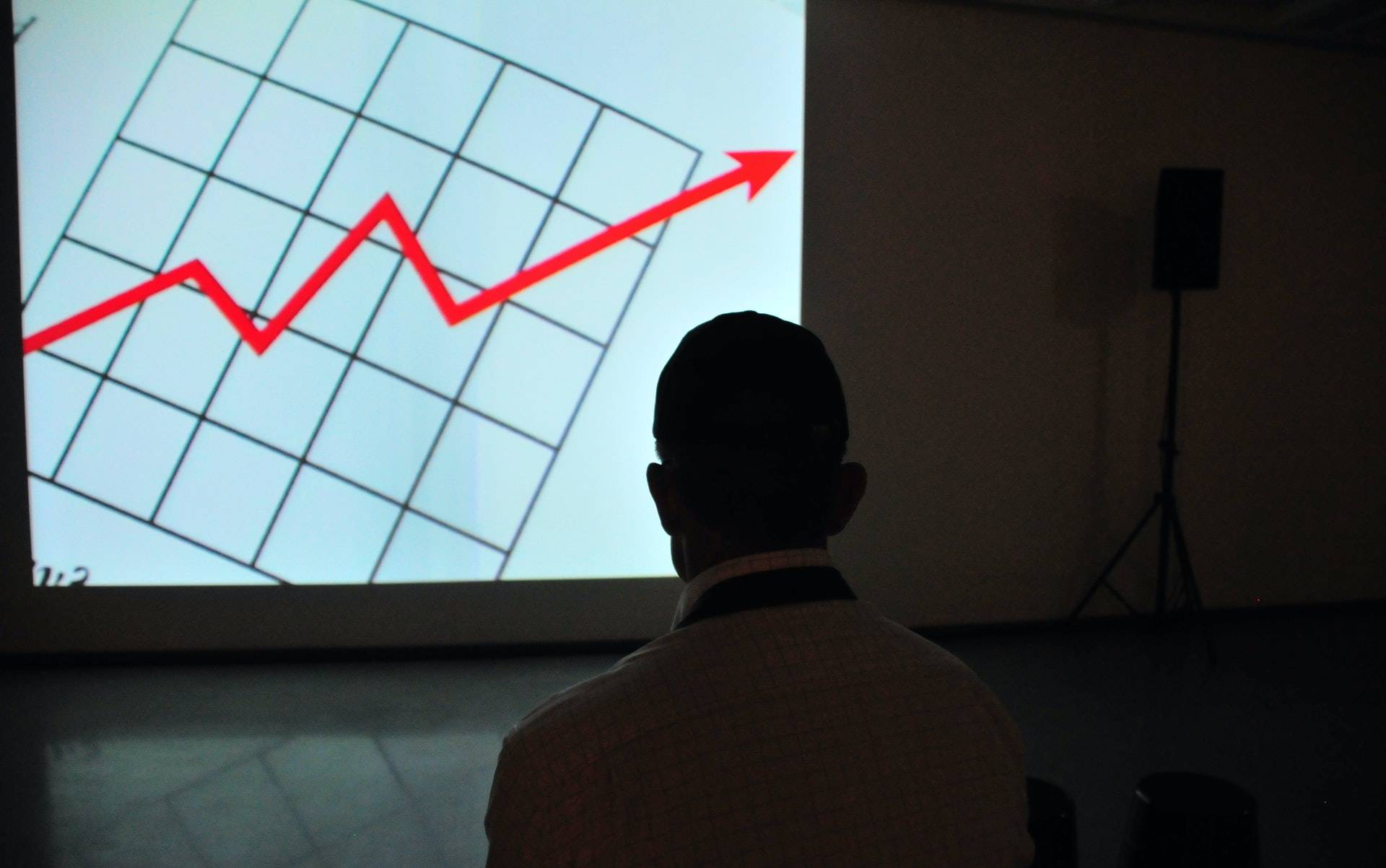We are currently in a blackout period, which means that no comments from Fed representatives will “hit the market”. This also indicates that the next FOMC meeting is scheduled for the coming week. Today, the focus will be on the PMI readings for Europe. The service index for the eurozone surprised with results for February and March, leaving the recession zone (above 50 points). Further improvement is expected. Yesterday, stock indices in the USA and Europe recorded a positive session. Gold was under downward pressure and the declines are continuing this morning. The EUR/USD exchange rate is consolidating. The earnings season on Wall Street is slowly “picking up.”
Stock markets have returned to gains after a weak period. The DAX grew by 0.7%. Monday’s positive session was somewhat suggested by the candlestick pattern on the chart as early as Friday. For now, the correction that reduced the German benchmark’s ratings by more than 6% has ended. Today, before the market opens, the CFD contract is gaining again, which may suggest a positive opening of trading. This does not necessarily mean that we are definitely returning to growth. The declines we have experienced over the last several days have not been as extensive as those observed last year. There is an interesting situation on the French CAC40 index. The April declines are almost the same size as those that hit the market in mid-December 2023 and lasted until mid-January this year. In this case, the contract ratings also bounced off the uptrend line. A horizontal level (the lows from the end of February and early March) also proved to be a support limiting further declines. We are dealing with a very technical market, which traders who base their investment decisions on a “clean” chart will certainly appreciate.
Gold has had a weak session, which reduced its valuation to the round level of 2300 USD. The declines were suggested by a previously formed double top formation. Add that this setup unfolded within historical records, further enhancing the risk of a “deeper” correction. For now, we are dealing with a sort of profit-taking phenomenon by some investors. This morning, the contract price of the metal found itself on the edge of the lower band of the short-term upward channel. If it is breached, the “path” will open to around 2200 USD.
Today will bring us a “flood” of preliminary leading indicators – April PMI indices. Europe will provide them first, followed by the United States in the afternoon. Everything indicates that today’s readings will be better than March’s results. Recently, the index for services in the eurozone, the most reliable barometer for the economy, positively surprised in February and March and left the recession area. It is likely to continue to rise in April and will still signal economic expansion at the beginning of the second quarter. If this happens, today’s data could support the euro. An upward movement on EUR/USD is possible, especially at a time when FOMC comments are lacking and the macro calendar for the US lacks key publications (ISM indices are more important).
Yesterday we learned a package of data from Poland. Industrial production fell in March by a sharper rate (-6% year-on-year) than the market consensus (-2% year-on-year) indicated. The worse result is the aftermath of fewer working days. Meanwhile, the PPMI deflation was -9.6% year-on-year, with monthly prices falling by 0.1%. Construction and assembly production also disappointed significantly (-13.3% year-on-year). Employment grew at a rate of 12% (in line with consensus) and the average wage grew to over 8,400 PLN. Today we will receive the retail sales result. The Polish złoty started the week with moderate weakening. Currently, the EUR/PLN rate indicates 4.3220 and USD/PLN 4.0560.
Łukasz Zembik, Oanda TMS Brokers
